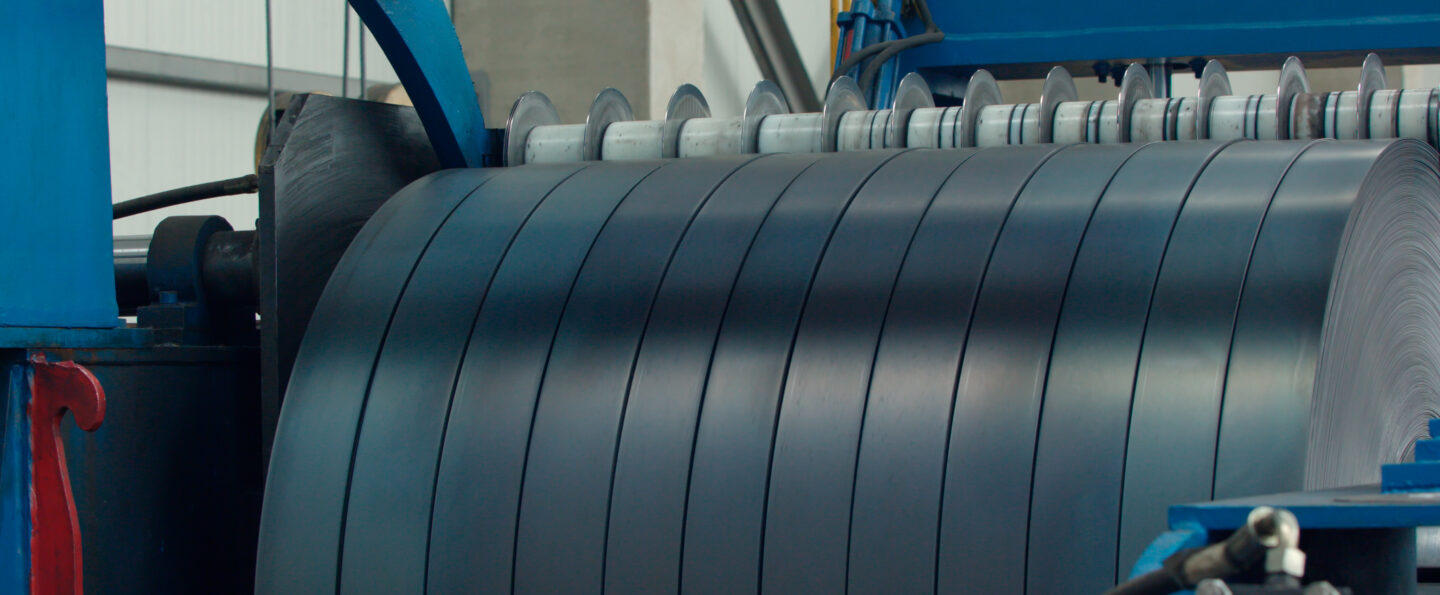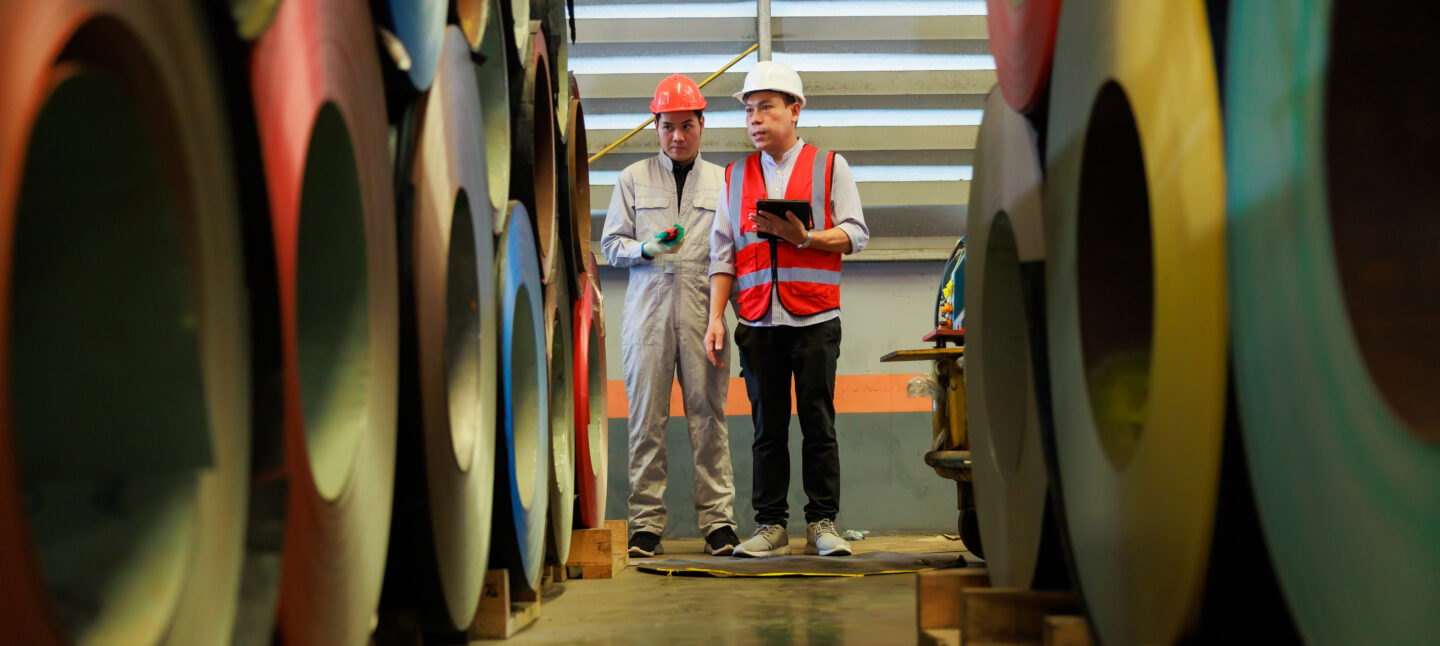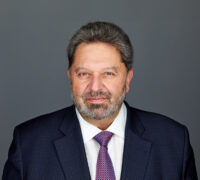Strong, resistant to wear and tear, and extremely versatile, steel is one of the toughest and most commonly used metals worldwide. Tata Steel, the world’s 10th largest maker of the commodity, in many ways embodies the very resilience and adaptability of the product it makes.
Founded over 100 years ago as one of the Tata Group companies established to help forge India’s industrial revolution, Tata Steel has transformed itself from a relative minnow into a global player with $33bn in annual revenues and 65,000 employees in 26 countries.
A major milestone was the acquisition in 2007 – a century after it was established – of European steelmaker Corus, which catapulted Tata Steel from 50th to 10th position in the global league table. Yet that deal would soon turn into an Achilles heel after the 2008 financial crisis precipitated a 20% drop in European steel consumption and a structural decline in the market.
Since 2017, Tata Steel has been led by TV Narendran, an engineer by training who spent 25 years climbing the corporate ladder. When he took over the top job, Tata Steel was being squeezed by rising raw material costs and falling steel prices. Regulators in India temporarily forced the company to buy raw materials from the open market instead of getting them from its own mines, causing profits to crumble by 25%.
This crisis was the catalyst for a long-term change initiative to prepare the steel major for future disruption. One of its competitive advantages was owning its own mines, contributing to profit margins in its India business of 20-35%. Yet with these mines coming up for auction by 2030, the company recognized the need to act early to reduce costs permanently.
“We said, ‘Can we preserve that margin even if you have to buy raw materials in the market?’” recalled Narendran. “And that was a good goal to have because that would prepare us for the future. In some sense, it also meant we would not be sitting on our haunches just because we are doing well just now.”
The change initiative was dubbed Shikhar25: “Shikhar” is the Sanskrit word for “peak” while 25 represented the profitability target for its steel business, assuming it would pay market prices for its raw materials.
A bottom-up approach
Narendran realized that the initiative would only succeed if employees could drive the program themselves. Tata Steel set up individual change units called Impact Centers in every operating unit where middle managers and workers are encouraged to submit ideas and goals. “We set the goals, bottom-up, we look for ideas. So there is a lot of work which is done on the shop floor in the different teams,” he said.
Recognizing and rewarding the best-performing Impact Centers is another important element. “A lot of people in the organization are involved either at ideation or execution, and there’s a lot of recognition which goes on for good work which is being done,” he said.
The change initiative was accompanied by a digital transformation program to extract $2bn in costs by using data and analytics to make the daily work of employees easier. Before they started, its senior leaders all joined a reverse mentoring program with digitally savvy employees aged under 30.
YouTube





 Podcast available
Podcast available